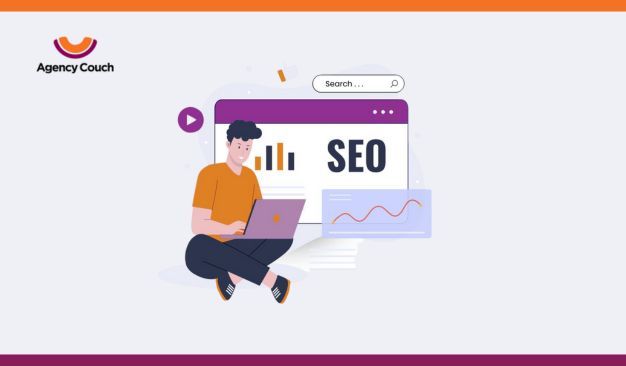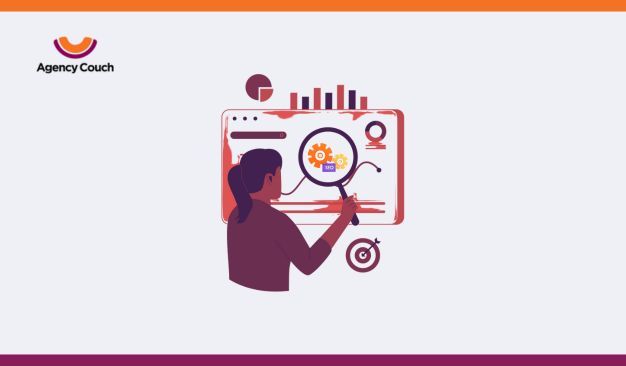Local SEO is critical for businesses aiming to attract nearby customers and enhance their online presence. With search engines constantly updating their algorithms, staying current with the best practices is essential for maintaining a competitive edge. This detailed checklist for 2024 will guide you through the steps necessary to optimise your local SEO efforts effectively, ensuring that your business appears prominently in local search results, and attracts more customers.
Local SEO Checklist
- Optimise Your Google Business Profile
- Ensure NAP Consistency
- Optimise Your Website for Local SEO
- Generate Local Content
- Build Local Backlinks
- Optimise for Mobile Users
- Leverage Social Media for Local Engagement
- Utilise Local Advertising
Monitor and Analyse Your Local SEO Performance
1. Optimise Your Google Business Profile
A well-maintained Google Business Profile (GBP) can significantly impact your local search visibility.
Complete Your Profile: Ensure all information, including business name, address, phone number (NAP), and operating hours, is accurate and up-to-date. Accurate and comprehensive information helps customers find and trust your business, enhancing your online reputation.
Choose the Right Categories: Select categories that best describe your business to help Google understand what you offer. Accurate categorization ensures your business appears in relevant search results, making it easier for potential customers to find you.
Add Photos and Videos: High-quality images and videos of your business can attract more visitors and increase engagement. Visual content can showcase your products, services, and the ambiance of your business, making it more appealing to potential customers.
Collect and Respond to Reviews: Encourage customers to leave positive reviews and respond to them promptly, showing that you value customer feedback. Engaging with reviews, both positive and negative, demonstrates your commitment to customer satisfaction and can improve your overall rating.
2. Ensure NAP Consistency
Consistency in your business name, address, and phone number across all online platforms is critical.
Audit Your Citations: Use tools to find and correct any inconsistencies in your NAP information across directories and websites. Regular audits ensure that your information is accurate everywhere, which helps avoid confusion and builds trust with both search engines and customers.
Update Directory Listings: Ensure that your information is consistent on major directories like Yelp, Bing Places, and local business listings. Keeping your listings updated prevents customers from encountering outdated or incorrect information, which can deter them from contacting your business.
3. Optimise Your Website for Local SEO
Your website should be optimised to rank well in local searches.
Include Local Keywords: Incorporate local keywords naturally into your website content, meta descriptions, and title tags. Using relevant local keywords helps search engines understand your business’s location and services, improving your chances of appearing in local search results.
Create Location-Specific Pages: If your business operates in multiple locations, create dedicated pages for each location with unique content. Tailored location pages can provide detailed information about each branch, including specific services and contact details, enhancing your local relevance.
Add a Local Business Schema: Implement structured data markup to help search engines understand your business information better. Schema markup can improve your search visibility and increase the chances of appearing in rich snippets, attracting more clicks from potential customers.
4. Generate Local Content
Creating content that resonates with your local audience can boost your local SEO efforts.
Write Blog Posts About Local Events: Share information about local events, news, and activities related to your industry. Blogging about local topics positions your business as a community leader and attracts local visitors to your website.
Create Local Guides: Develop comprehensive guides on local attractions, activities, or services that are relevant to your business. Local guides can attract tourists and residents alike, providing valuable information and showcasing your expertise in the area.
Feature Local Customer Stories: Highlight testimonials or case studies from local customers to build trust and engagement. Sharing real-life experiences from local customers can strengthen your credibility and encourage new customers to try your services.
5. Build Local Backlinks
Backlinks from local websites can enhance your authority and improve your local search rankings.
Engage with Local Influencers: Collaborate with local bloggers, influencers, and community websites to earn valuable backlinks. Partnering with local influencers can expand your reach and bring more traffic to your website from their followers.
Sponsor Local Events: Participate in or sponsor local events and request backlinks from event websites. Sponsorships can provide exposure to a local audience and create opportunities for media coverage and backlinks.
Join Local Business Associations: Membership in local business groups can provide opportunities for backlinks from their directories. Being part of local associations not only enhances your credibility but also connects you with other local businesses for potential collaborations.
6. Optimise for Mobile Users
With the majority of local searches happening on mobile devices, ensuring a mobile-friendly website is crucial.
Responsive Design: Make sure your website is responsive and provides a seamless experience across all devices. A mobile-friendly website ensures that users can easily navigate and find information, reducing bounce rates and increasing engagement.
Fast Loading Times: Optimise your website’s loading speed to keep mobile users engaged and reduce bounce rates. Fast-loading pages enhance the user experience and can positively impact your search rankings.
Click-to-Call Buttons: Implement click-to-call buttons on your website to make it easy for mobile users to contact you. Simple contact methods can increase conversions by allowing potential customers to reach you with minimal effort.
7. Leverage Social Media for Local Engagement
Social media platforms can help you connect with your local audience and enhance your local SEO efforts. By integrating a robust social media strategy, you can amplify your reach and drive more traffic.
Optimise Social Profiles: Ensure your social media profiles are complete and consistent with your business information. Consistent branding across all platforms reinforces your business identity and helps customers find you easily.
Engage with Local Followers: Share local content, respond to comments, and participate in local conversations to build a strong local following. Active engagement on social media can foster a sense of community and loyalty among your local audience.
Use Location-Based Hashtags: Incorporate location-specific hashtags in your posts to increase visibility among local users. Using relevant hashtags can help your posts reach a broader local audience, driving more traffic to your website.
8. Utilise Local Advertising
Investing in local advertising can drive more traffic to your website and improve your local SEO.
Google Ads with Location Extensions: Use Google Ads with location extensions to show your ads to local searchers. Location extensions add your business address to ads, making it easier for users to find your physical location.
Facebook Local Awareness Ads: Create targeted ads on Facebook to reach users in your local area. Local awareness ads can increase your brand visibility among nearby users, driving foot traffic and online engagement.
Promote Local Offers: Highlight local promotions and deals in your advertising campaigns to attract nearby customers. Special offers tailored to the local audience can boost interest and encourage visits to your business.
9. Monitor and Analyse Your Local SEO Performance
Regularly tracking your local SEO performance is essential for ongoing optimization.
Google Analytics: Use Google Analytics to track website traffic, user behaviour, and conversion rates from local searches. Detailed analytics help you understand what’s working and where you can improve, allowing for data-driven decisions.
Google Search Console: Monitor your search performance, identify issues, and optimise your website for better local rankings. Search Console provides insights into search queries, indexing status, and potential errors, helping you maintain a healthy website.
Local SEO Tools: Utilise tools like Moz Local, BrightLocal, and SEMrush to track your local rankings, audit citations, and manage reviews. These tools offer specialised features for local SEO, making it easier to manage and optimise your efforts.
Why Choose Agency Couch?
At Agency Couch, we understand the importance of local SEO in driving business success. As a leading SEO agency in Sydney, we offer tailored local SEO strategies to help businesses enhance their online presence and attract more local customers. Our services include comprehensive audits, keyword research, content creation, and local link-building. We also provide free trial SEO services, allowing businesses to experience the benefits of our expertise without any initial commitment. Additionally, as an SEO reseller agency in Dubai, we offer scalable solutions to meet the diverse needs of our clients across various regions.
Conclusion
Implementing an effective local SEO strategy is crucial for businesses aiming to attract local customers and stay competitive in 2024. By following this comprehensive local SEO checklist, you can ensure your business is well-optimised for local searches, improving visibility, engagement, and conversions. Partnering with professionals like Agency Couch can further enhance your efforts, providing expert guidance and tailored solutions to achieve sustained local SEO success. Remember, consistent optimization and engagement are key to maintaining a strong local presence and driving long-term growth.



